Farms are about growth and change. Whether an organic vegetable farm, a start-up hemp farm, or a commercial dairy farm, the changing of the seasons, changing technologies and, now more than ever, a changing climate, require farmers to adapt and adjust to survive.
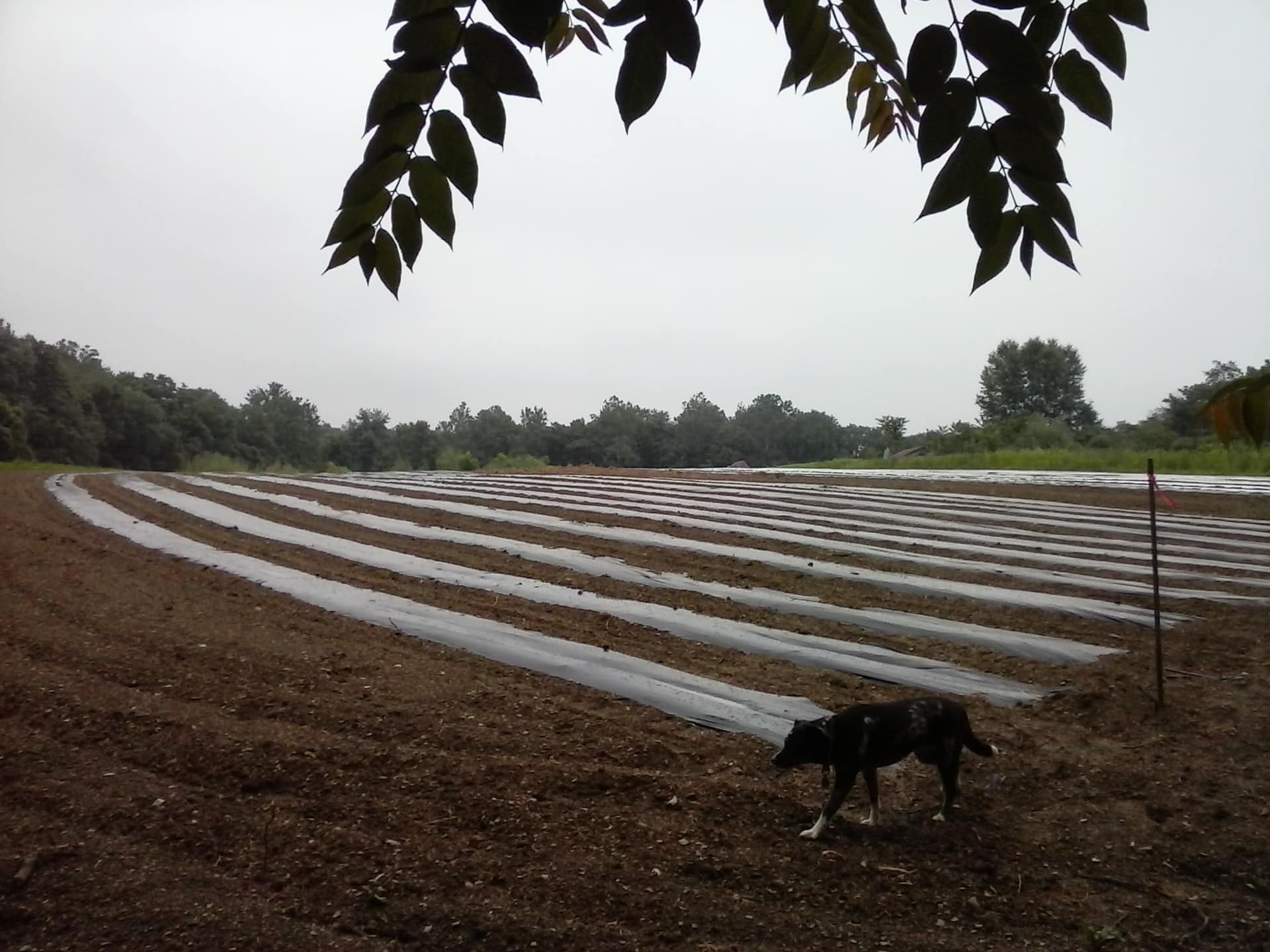
The Field’s Edge Research Farm in Lititz, PA
At The Field’s Edge Research Farm in Lititz, PA, the entire focus of the operation is about helping local farmers better respond and react to a non-stop changing world. Under the direction of Alex Wenger, The Field’s Edge is all about a cross-pollination of produce and philosophy, seed keeping and stewardship, with remarkable results that will undoubtedly steer modern agriculture in Pennsylvania and beyond.
The idea for The Field’s Edge began to germinate for Wenger in 2010, and he founded it in 2014. He’s an avid gardener and seed keeper, who’s studied agriculture at Goddard College and earned his Maters in Sustainable Food Systems at Green Mountain College. During his studies, he began to develop a concept for a research farm that, through experiments in cross-breeding, regenerative growing practices and seed keeping, would develop resources and information that could “help the folks in the trenches who are feeding all of us.”
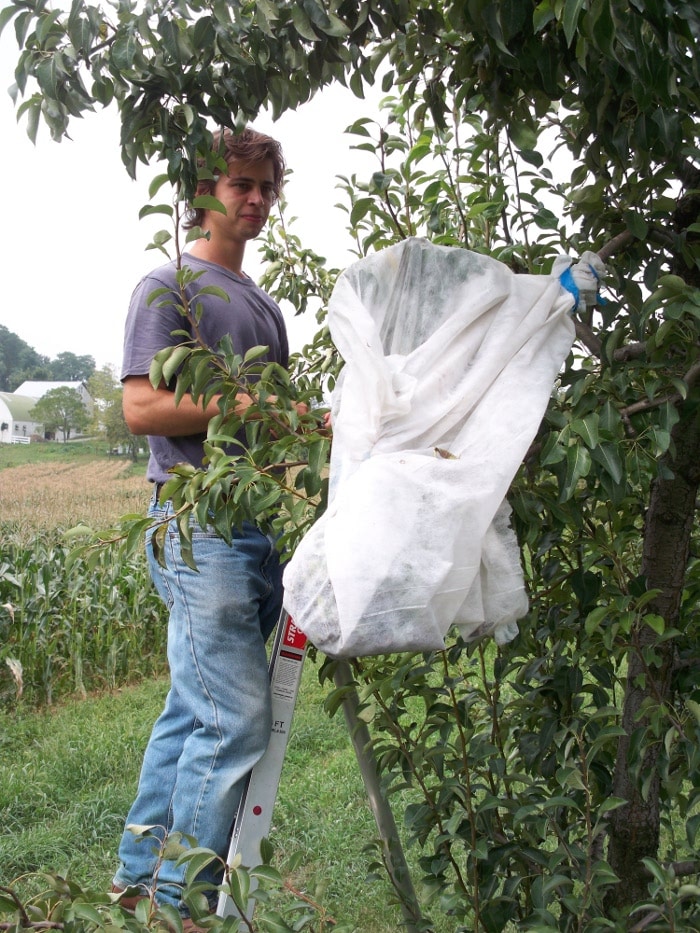
Alex Wenger of The Field’s Edge
We were able to talk with Wenger about The Field’s Edge and all of the potential that it, and projects like it, hold for the future of feeding the planet. Get to know more in this Meet the Farmer Q&A:
PA Eats: What drew you to food and farming in the first place?
Alex Wenger: I learned a lot of Pennsylvania Dutch cooking, canning and pickling, from my grandma. Both of my grandparents were commercial cut-flower farmers, and I spent a lot of time in their home garden. So farming, agriculture and gardening have always been around me.
Also, I love plants and people, and understanding the interconnectedness of the two. One year, I grew heirloom tomatoes and hot peppers, and that let me see all of the possibilities and varieties and stories that plants hold. Knowing there is culture and people behind each of the names of the plants — that was a really special moment for me. Ten or 20 years ago, seeing more than two kinds of tomato was not as common as it is now in our area. I think that speaks to the interest and need there is for different types of food and varieties in our communities.
Besides being exciting and delicious, what else about heirloom varieties of produce is important?
One big-picture trend is that in the last 100 or 150 years, our diet has narrowed to 10 or 20 staple foods, but in addition the nutritional value of those foods has changed. Lettuce is significantly less nutritious than many other leafy greens, but those are on the periphery of agriculture. There are so many opportunities to help folks to be healthier. Arugula is a great example of a recently “wild” nutrient-dense green that’s quickly become an economically important commercial crop for many farmers in North America.
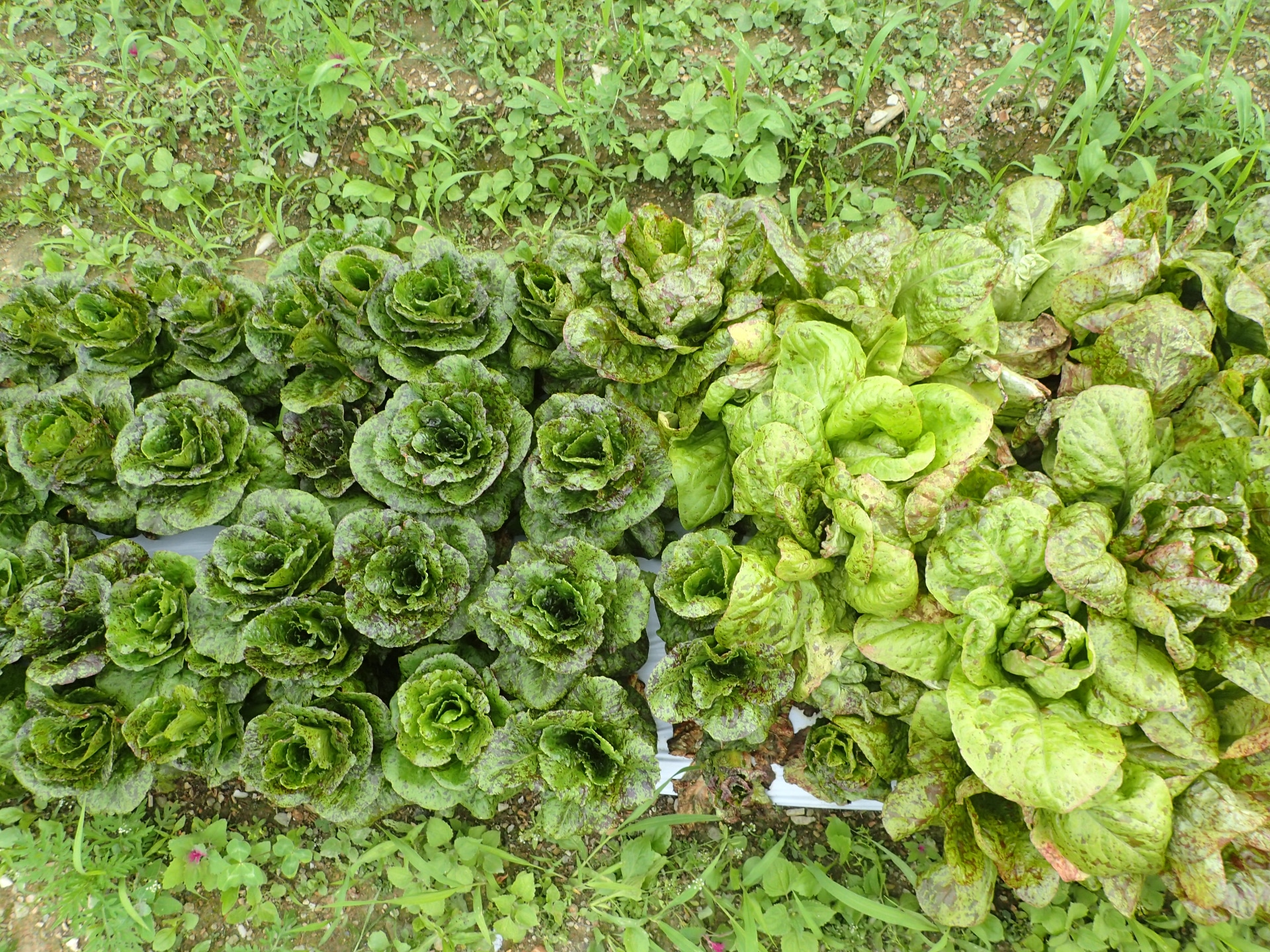
Lettuce variety trial showing difference in growth habit between varieties
Keeping seeds is also a big passion of yours. Can you tell us more about that?
I first learned about seed keeping by reading Seed to Seed by Suzanne Ashworth. Then, I went to Landis Valley Harvest Days, and I met Lisa Von Saunder who was running a seed keeping company called Amishland Seeds, who was kind enough to connect me to a lot of elder seed keepers. There was a fellow I talked to for years in Louisiana, Norwood Meiners, he was like a mentor. I tend to look for older folks who are guarding or stewarding heirloom varieties. I have also had the opportunity to do some seed growing for Dr. William Woys Weaver since 2011, who I really admire for his role in preserving regional crop varieties and food culture.
Floriani Red Flint aka “Spin Rosso della Valsugana,” grown for seed and cornmeal at The Field’s Edge
One special experience that I love is physically holding seeds that have a lot of character. For me, it’s always an incredible experience. There is this type of heirloom corn that’s red and pointy and jewel-like called “Spin Rosso della Valsugana.” It has so much character. We grow several acres of it now from what started as a few handfuls of seed. Simply put, if most folks knew the stories behind their food, seed keeping would be a no-brainer. Most crops have been touched by thousands of years of farmers, by our ancestors. The crops that we eat are the foods that were stewarded by our ancestors, and when you start to think of food that way, it’s our shared legacy. When you start to learn about the people who’ve kept these foods alive, you will want to keep some seeds after you eat a tasty pepper or heirloom tomato.
What is The Field’s Edge like?
In naming The Field’s Edge, we were inspired by the idea of the Edge Effect in ecology, a term that describes the places where different ecosystems meet. That’s where you’ll find the most diversity in plants, animals and microbes. We want to be a meeting place for different ideas, crops and people.
Currently, our farm consists of about 9 acres of crops, and we have about 16 acres total. Some of that is woodland where we’re starting to work in some agroforestry.
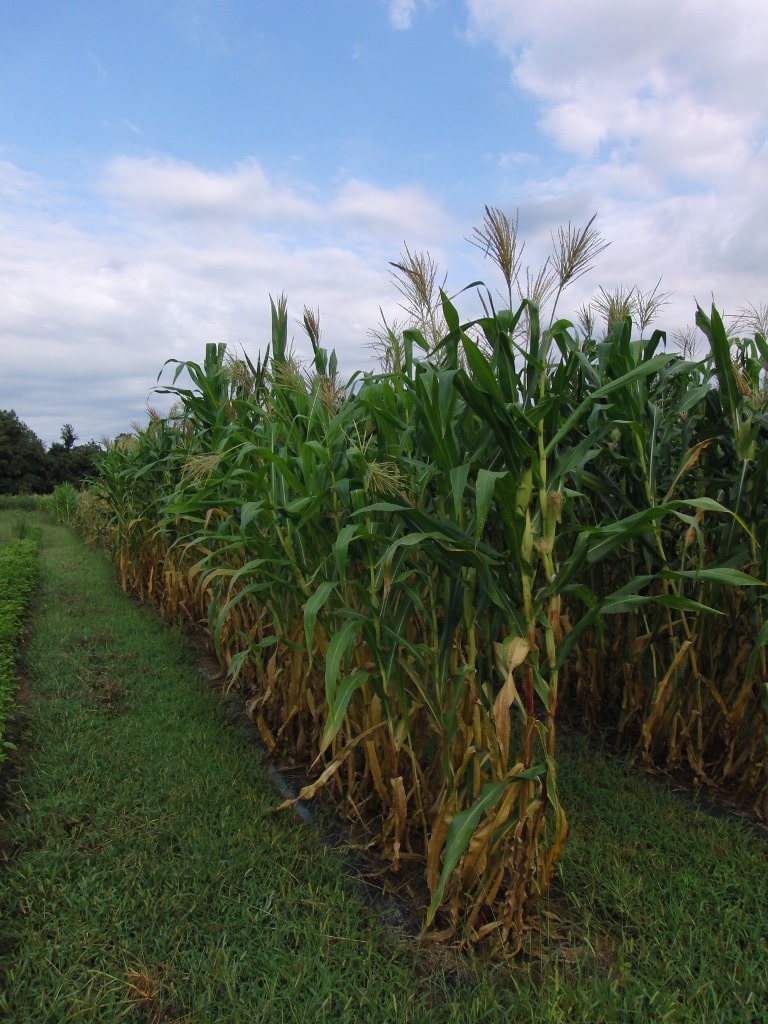
Na’Tel corn from The Roughwood Seed Collection isolated for seed keeping
And what is the purpose of a research farm? How does it differ from a commercial farm?
The Field’s Edge is like a testing ground for alternative crops, cropping systems and foods that would have some sort of benefit in our community and local food systems. What I hope that we do, and continue to do here, is to push the boundaries for what can be grown, and do it in a way that’s replicable on other farms as well. At The Field’s Edge, knowledge is generated as much as the crops.
When I think of a commercial vegetable farm, generally it’s streamlined for efficiency. For instance, you’d see an acre of bell peppers that are in neat, tidy rows. Here, we might grow that same volume of plants, but it’s 30 varieties in that amount of space. We do a lot of trials, where we start with everything and pare it down to what works well.
Here’s an example: There’s a type of hibiscus that’s grown for red zinger tea, and its leaves have this really tangy, sour flavor that contains 75% of your daily Vitamin C. We’ll plant a row and harvest it like a commercial crop, then weigh it and keep data on it, in the hopes that this experience and data will be helpful for other growers.
We grow organically, and we want to understand the challenges farmers face. We’ve tried a bunch of alternatives, some have been successful, some have not. We’ve done a lot of cover crop trials and regularly test the soil. And we have a lot of plant breeding projects I’ve been working since 2010. Also, it’s worth noting that we also do a lot of commercial production for our CSA and our wholesale business to chefs and restaurants. Those revenue streams are partially how we’ve funded the farm.
How do you share your findings with other farmers?
We try to create a place where there’s a community conversation. We get folks, both farmers and chefs, out to the field to see, taste and experience crops at all stages of growth. Those experiences and the feedback we receive can provide as much important data at times as, say, a yield trial would. When you get folks out, you get a broad view of all the other things you should be thinking about, and have an opportunity to share your trial results with them.
I also do a lot of public speaking, and we share seeds and knowledge. I work with some nearby Amish and Mennonite families and a lot of New American gardeners and farmers in Lancaster County who have all become good friends and who are all excellent growers. It’s an exchange of info and plants. I try to be really open about what we’re doing.
When it comes to global food systems, it seems like we’ve been sold this idea that big corporations will save us with GMO foods. What are your thoughts on that?
There is often a prevailing notion that “Small plots aren’t going to feed the world,” and I think that’s very much a fallacy. Most of the crops that are produced in this country are grown to feed livestock, not humans. And a lot of food is treated as commodities and is shipped around the world. With a commodity you have distributors and traders involved in the value chain and the economics become connected to the stock market and futures trading and have nothing to do with feeding people. GMO crops are expensive to develop and have not helped to feed the world in terms of yield increases, as their advocates liked to claim they would. Traditional plant breeding has been the most successful way to create good varieties across the board, and most of the gains in agricultural productivity in the last 100 years have come directly from varieties out of public plant breeding programs. Many private companies are still using this public germplasm to develop their proprietary varieties.
Globally most farmers grow on one hectare or less. You can make a huge impact by helping farmers in the U.S. and abroad to produce more nutrient-dense crops on their land, by maximizing the market value of their crops or nutrients harvested per acre vs. yield as measured by pounds per acre. Research shows that when you give farmers the tools and resources to help themselves, in selection or breeding, and give them a hand with some of the technical aspects of breeding, they’re the best on farm researchers. They know their crops and soils better than anyone else. We’re here to help to facilitate this conversation between farmers, their crops and other food system stakeholders.
For more information about The Field’s Edge, visit its Instagram page.
- Photos: Courtesy of The Field's Edge Research Farm
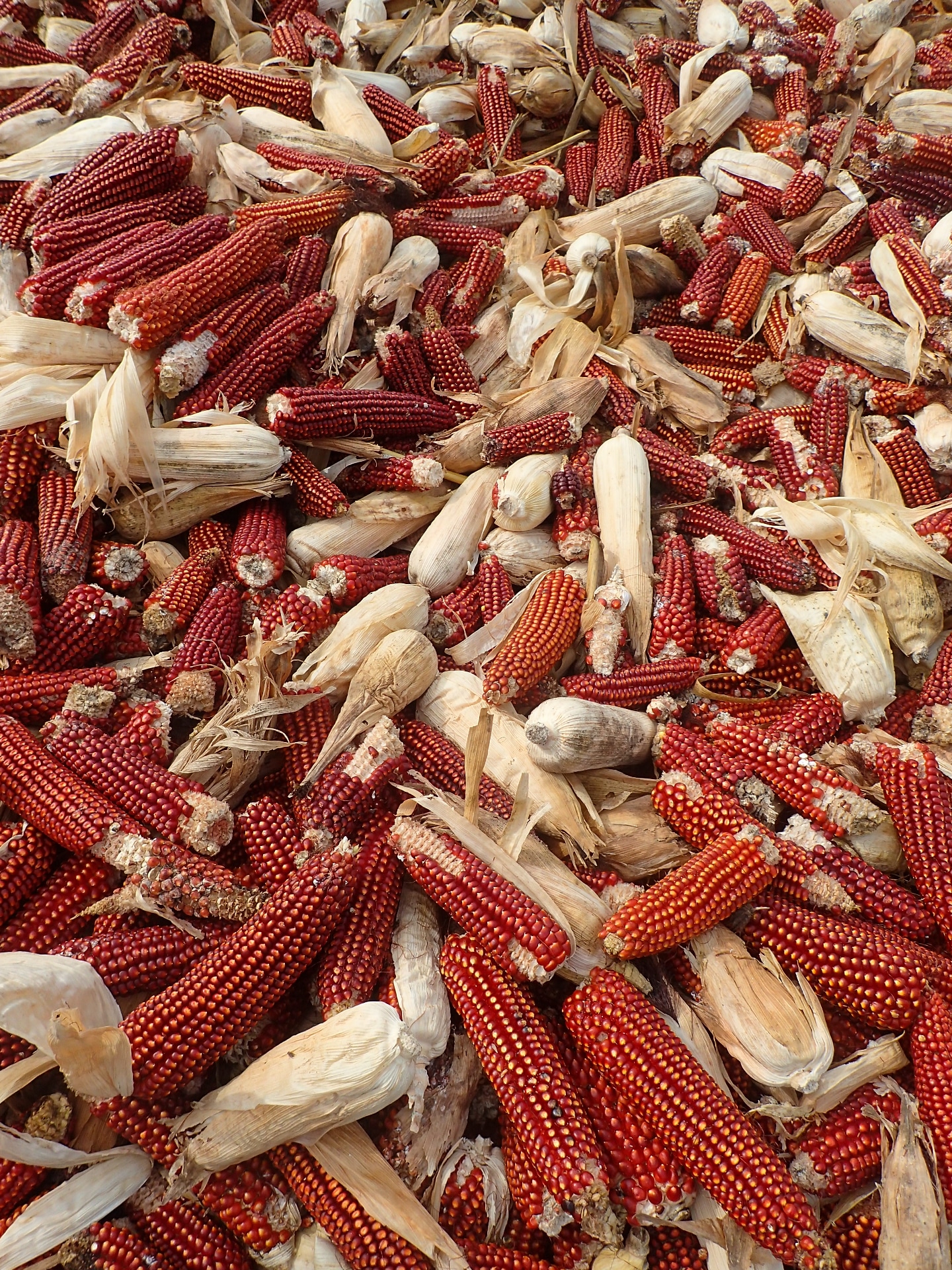
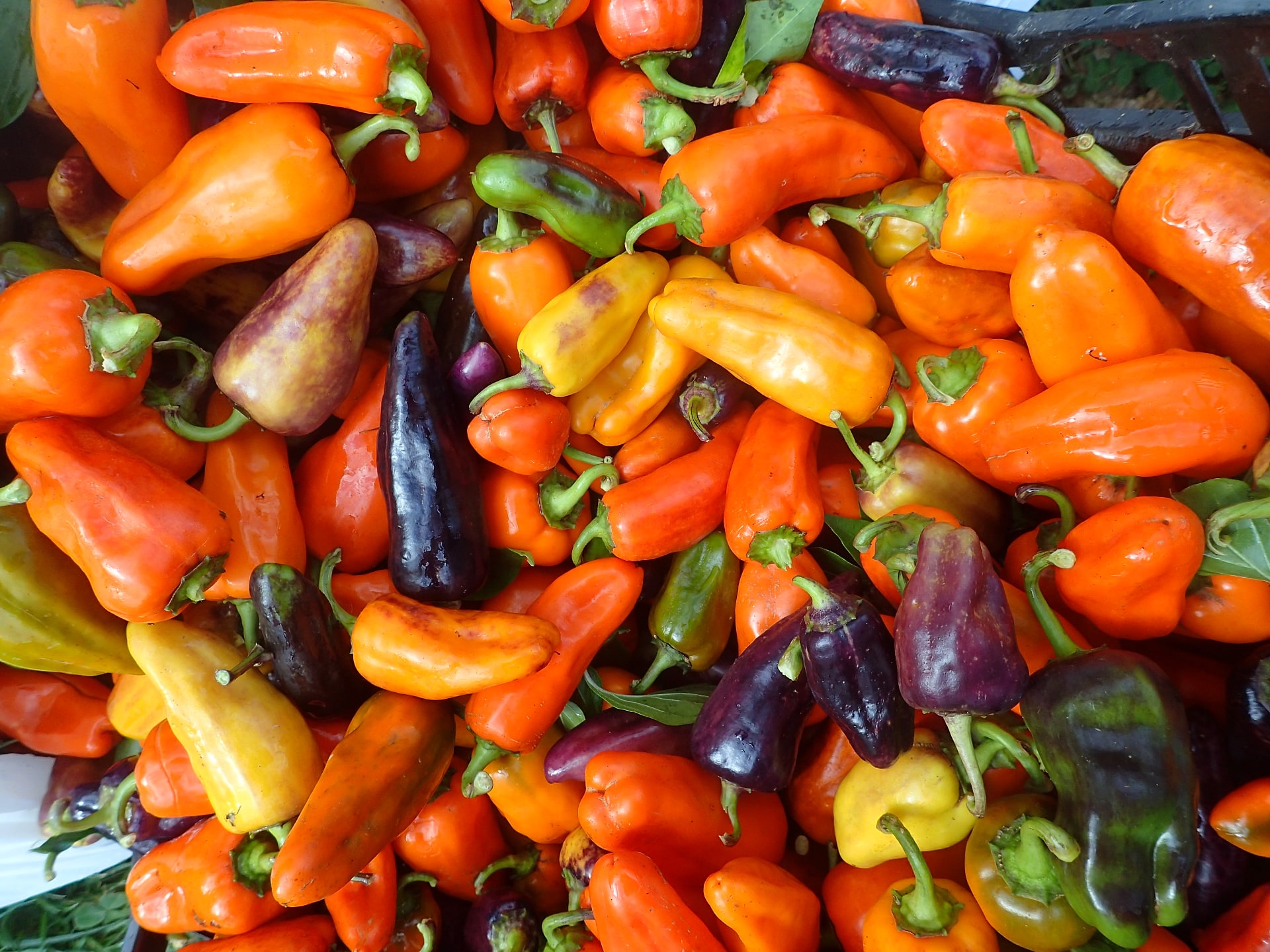
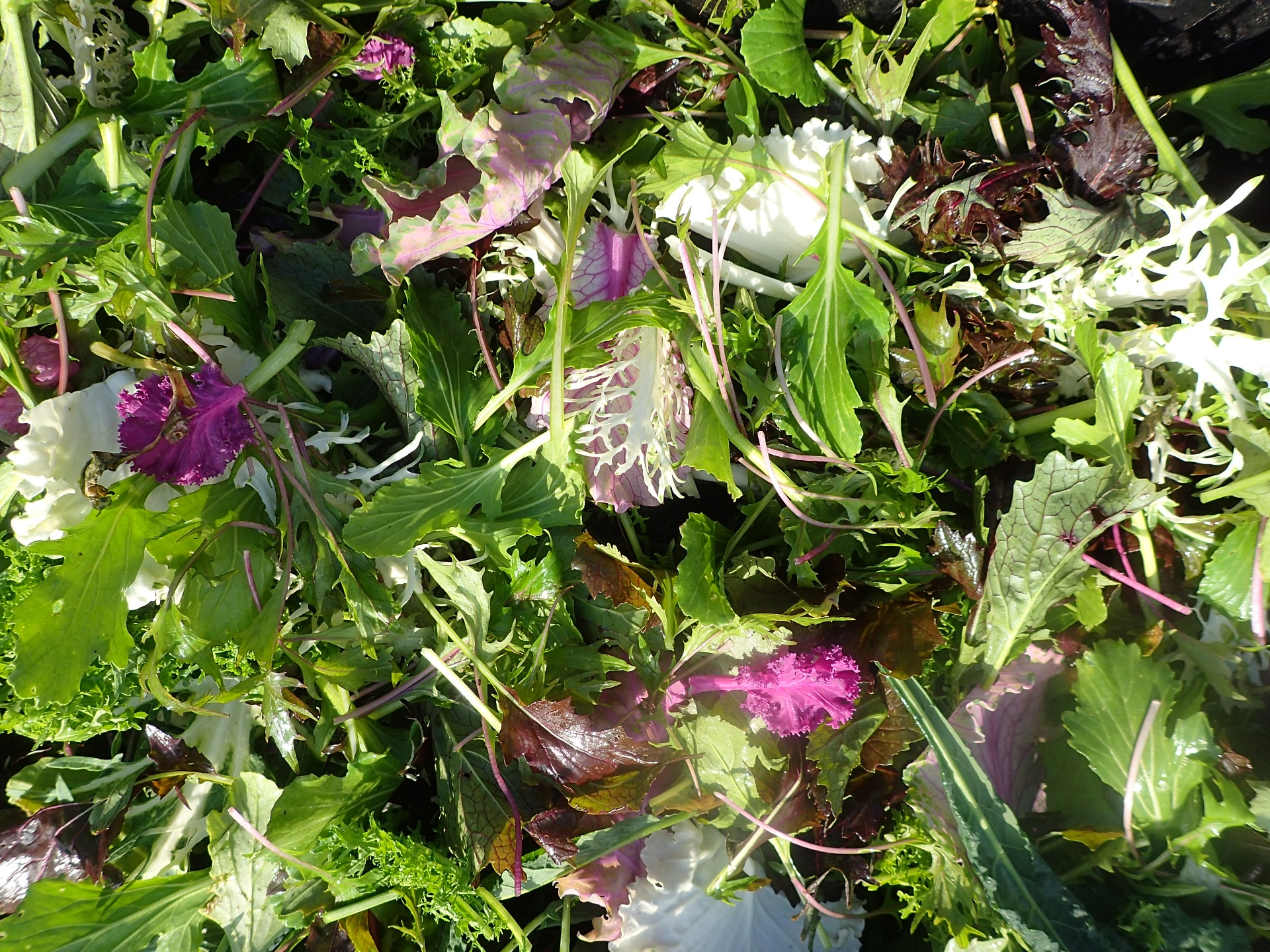
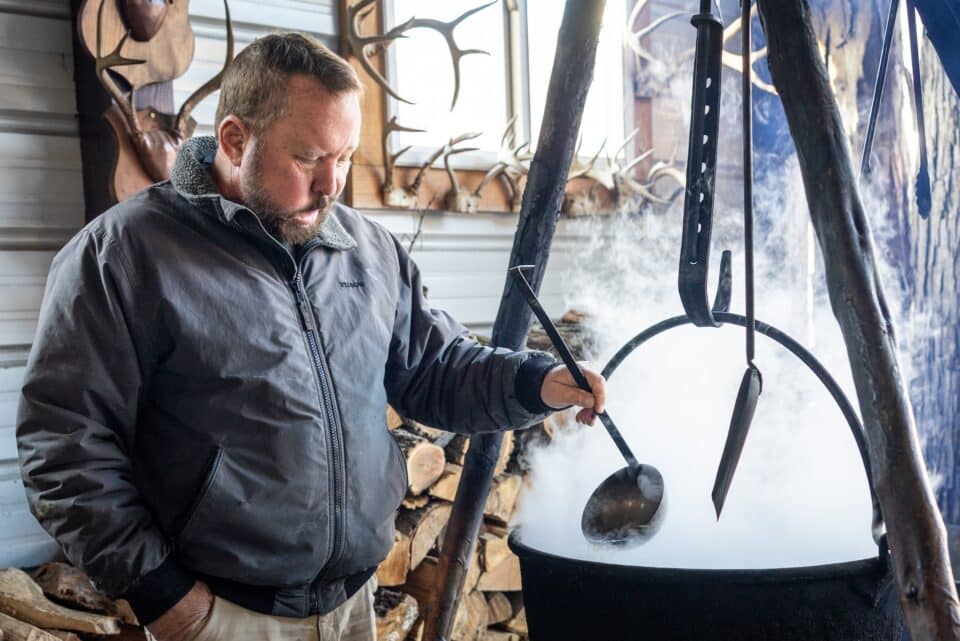
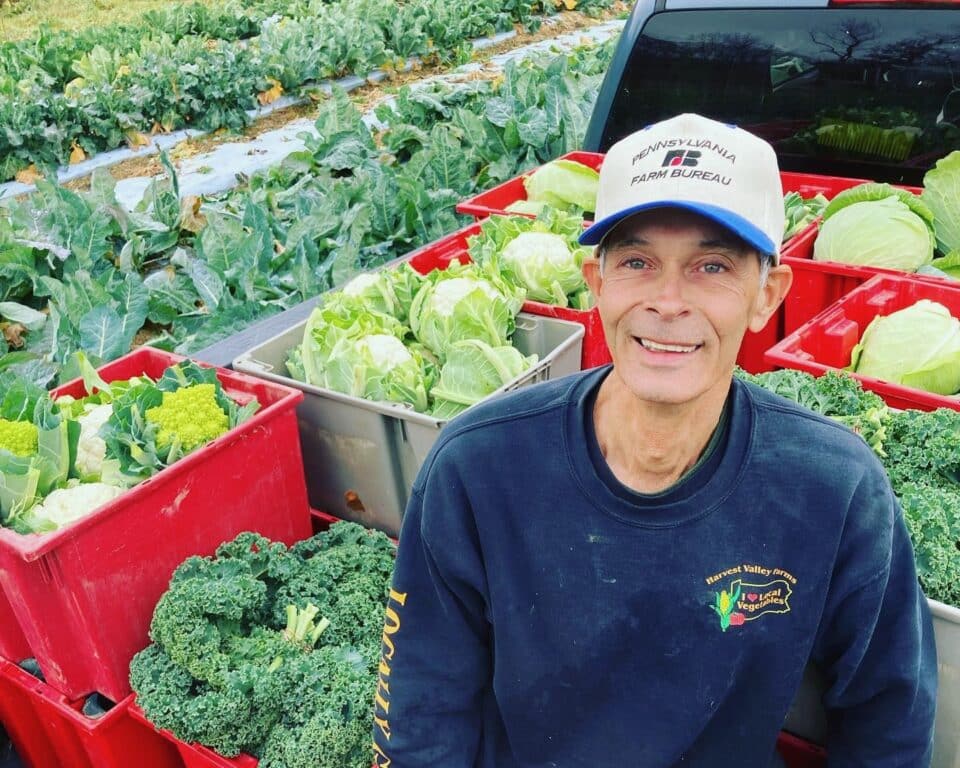
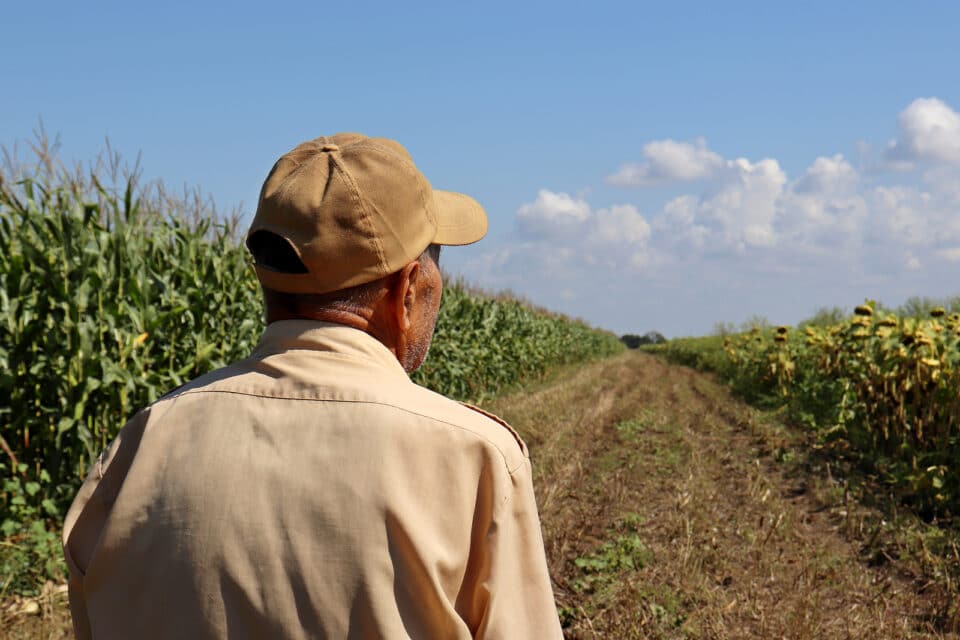
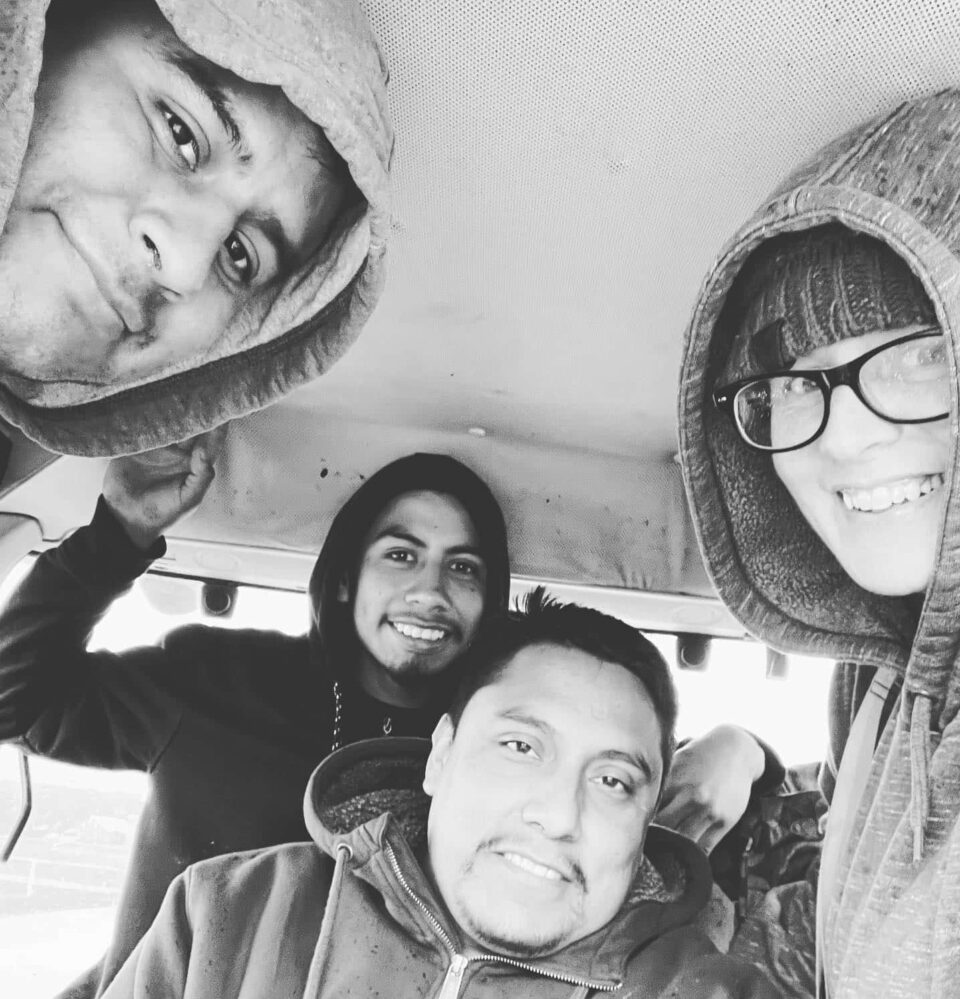

One Comment